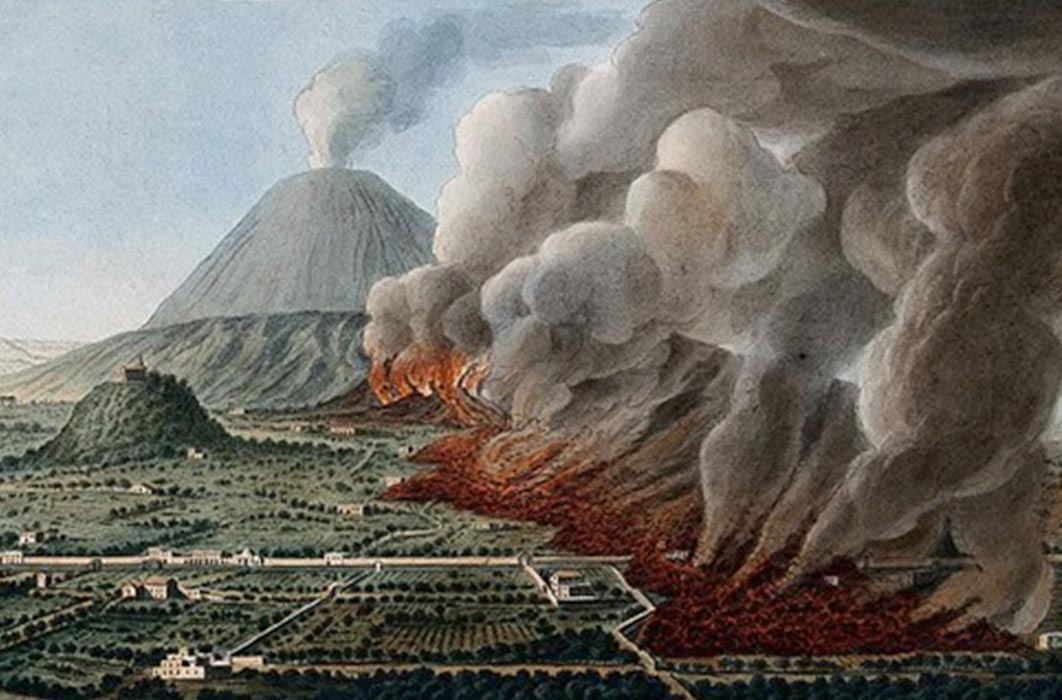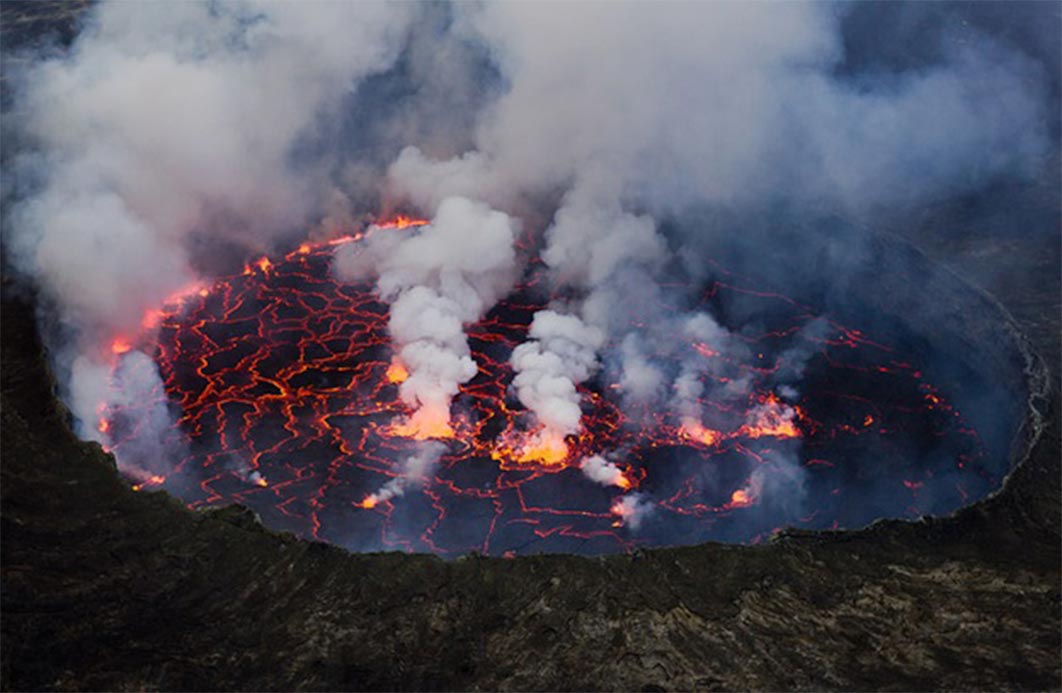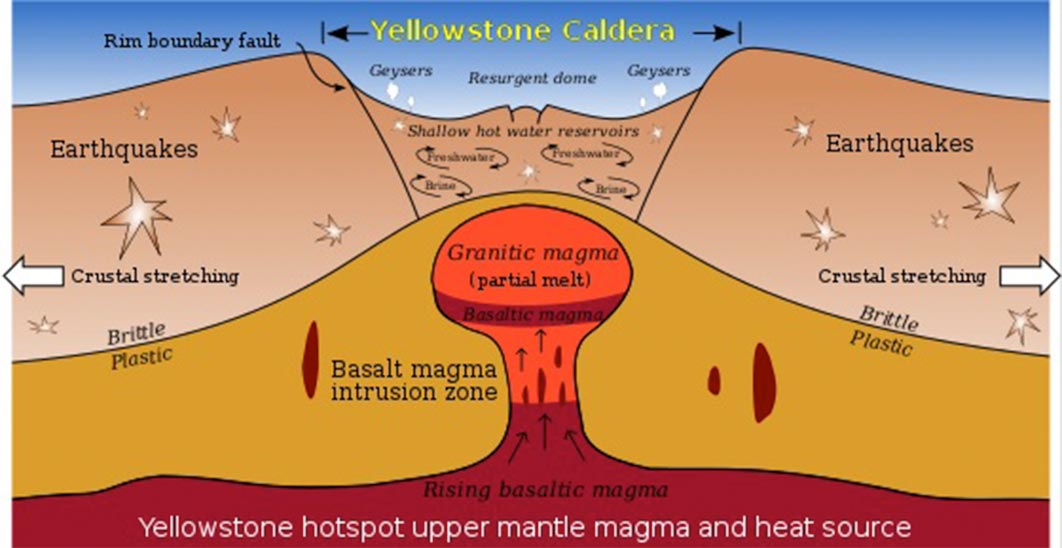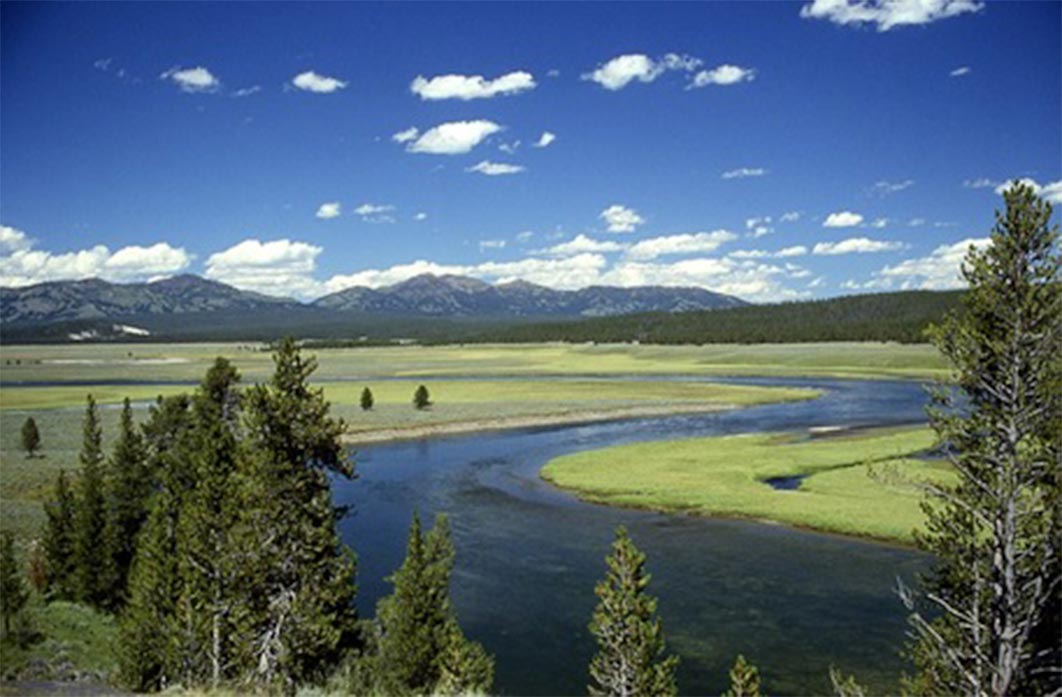
Wrath of the Gods: Historic Eco-Armageddons
Today human cultures suffer nuclear power station meltdowns, rivers of plastics destroying natural environments and petrol fumes clogging cities’ airways and human arteries, but ancient history is full of catastrophes which had natural origins. Those who lived in ancient days were void of early warning systems and international aid was non-existent. When super volcanoes blew, earthquakes cracked and tsunamis rolled in, it often meant the destruction of entire villages, towns, cities and sometimes civilizations. Mega ecological events leave a residue of archaeological evidence on islands and at abandoned farming settlements archaeologists find fragments of human remains which offer insights into how volcanoes, earthquakes and tsunamis destroyed past worlds.

Nyiragongo is an active stratovolcano with an elevation of 3,470 meter (11,380 feet) in the Virunga Mountains associated with the Albertine Rift inside Virunga National Park in the Democratic Republic of the Congo. Nyiragongo and nearby Nyamuragira are together responsible for 40 percent of Africa's historical volcanic eruptions. (Cai Tjeenk Willink/ CC BY-SA 3.0)
Super Volcanoes
History has seen some truly monstrous volcanic eruptions such as June 15, 1991’s Mount Pinatubo event, the second-largest terrestrial eruption of the 20th century, after the 1912 eruption of Novarupta in Alaska. The power of volcanic eruptions is measured using the Volcanic Explosivity Index (VEI), a classification system developed in the 1980’s ranging from one to eight, and each succeeding VEI is 10 times greater than the last. The following graphic explains the mechanics of these beastly earth levelers:

At Yellowstone, some scientists theorize that the earth's crust fractures and cracks in a concentric or ring-fracture pattern. At some point these cracks reach the magma reservoir and release the pressure causing the volcano to explode. The huge amount of material released causes the volcano to collapse into a huge crater called a caldera. (Public Domain)
The entire Yellowstone National Park in North America is an active volcano and it has erupted with magnificent strengths including three magnitude-8 eruptions as far back as 2.1 million years ago, again 1.2 million years ago, and the last event occurring about 640,000 years ago. According to the U.S. Geological Survey: “Together, the three catastrophic eruptions expelled enough ash and lava to fill the Grand Canyon”. The enormous lake of magma beneath Yellowstone, if released, would today fill the Grand Canyon 11 times over. Robert Smith, a seismologist at the University of Utah in Salt Lake City told Live Science in 2016, the chances of another super volcano eruption happening at Yellowstone is estimated at about “one in 700,000 every year”.

The northeastern part of Yellowstone Caldera, with the Yellowstone River flowing through Hayden Valley and the caldera rim in the distance. (Public Domain)
Huaynaputina in Peru is a lofty 16,000 feet (4,850 meter) volcano and was the epicenter of South America's largest volcanic eruption in recorded history, which sent mudflows as far as the Pacific Ocean, 75 miles (120 kilometers) away, and affected the global climate. The summers following the 1600 AD eruption were the coldest in 500 years and ash from the explosion buried a 20-square-mile (50-square-kilometer) area to the mountain's west, which remains covered to this day. It took a century for the nearby cities of Arequipa and Moquengu to fully recover.




